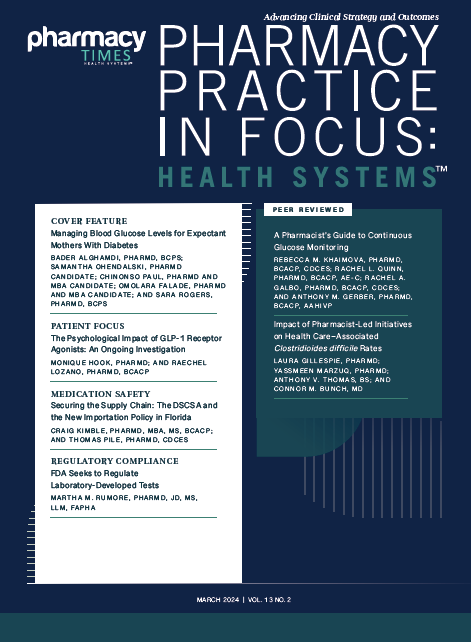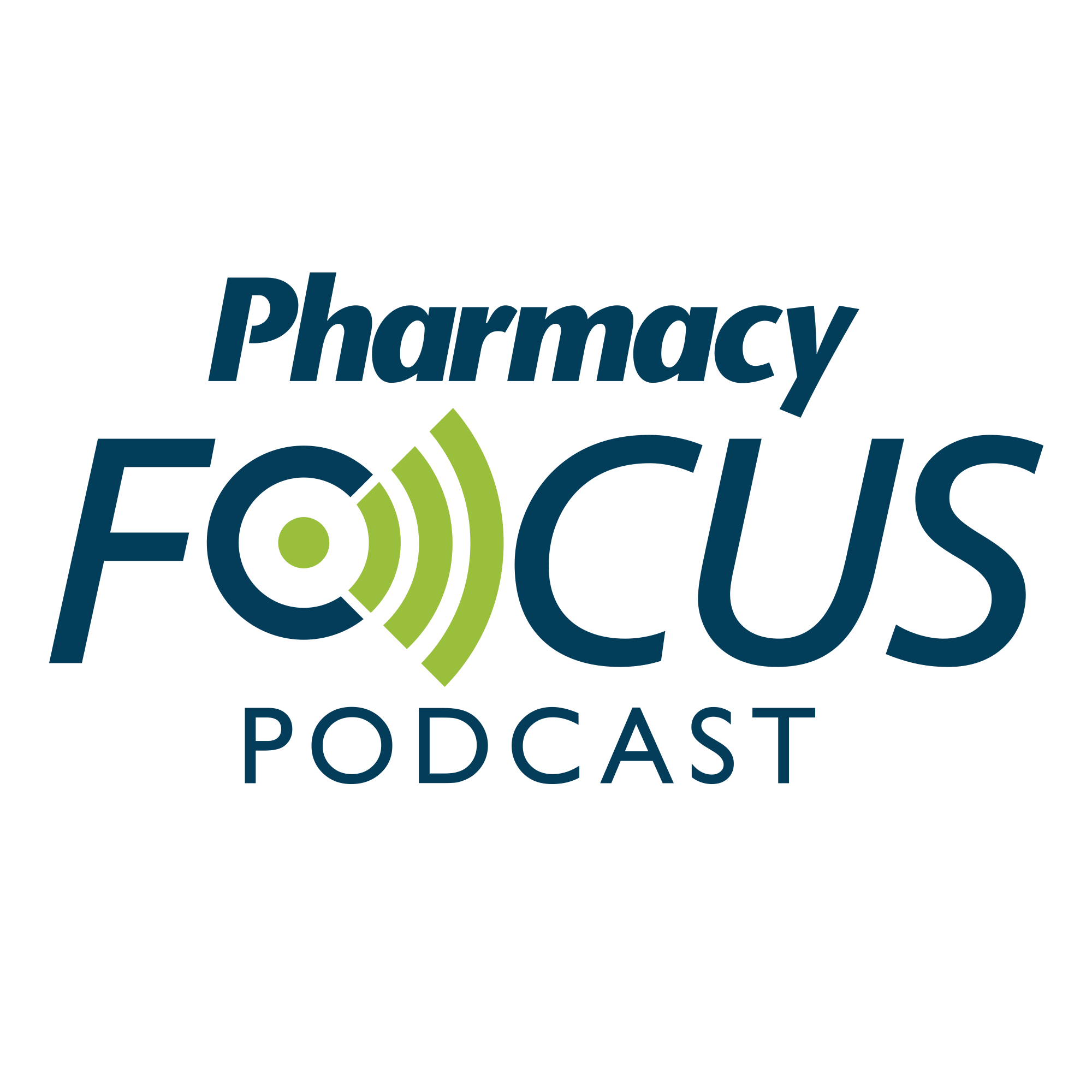Publication
Article
Pharmacy Practice in Focus: Health Systems
Advancements in Diabetes Management: Harnessing the Power of CGM
Author(s):
Continuous glucose monitoring (CGM) is a valuable tool in managing diabetes, offering real-time data on glucose levels throughout the day.
Image credit: lukszczepanski | stock.adobe.com

The technology, although slightly delayed compared with traditional methods, can provide comprehensive information, enabling more nuanced adjustments to insulin therapy and dietary management. In the cover story on page 8, authors Bader Alghamdi, PharmD, BCPS; Samantha Ohendalski, PharmD candidate; Chinonso Paul, PharmD and MBA candidate; Omolara Falade, PharmD and MBA candidate; and Sara Rogers, PharmD, BCPS, explain how clinical trials, such as CONCEPTT (NCT01788527), have shown CGM can be beneficial in optimizing glycemic control during pregnancy in particular, reducing complications, and improving neonatal health outcomes.
In the peer-reviewed paper on page 10, authors Rebecca M. Khaimova, PharmD, BCACP, CDCES; Rachel L. Quinn, PharmD, BCACP, AE-C; Rachel A. Galbo, PharmD, BCACP, CDCES; and Anthony M. Gerber, PharmD, BCACP, AAHIVP, address the role of pharmacists in helping patients choose the right CGM device, providing training, analyzing glycemic trends, and optimizing medication therapy based on CGM data. The authors discuss guidelines, advantages, and limitations of CGM use. Additionally, the authors outline billing and reimbursement procedures, highlighting the potential financial sustainability for pharmacists in offering CGM services.
In the peer-reviewed research paper on page 22, authors Laura Gillespie, PharmD; Yassmeen Marzuq, PharmD; Anthony V. Thomas, BS; and Connor M. Bunch, MD, discuss their study conducted at a community hospital aimed to reduce Clostridioides difficile infections (CDIs) through pharmacist-led initiatives. These interventions, including the creation of antibiotic guidelines, β-lactam allergy education, penicillin skin testing, and reduced fluoroquinol one prescribing, resulted in an 80% decrease in health care facility–onset CDIs and an 81% decrease in community-onset health care facility–associated CDIs over a 3-year period (2018-2021). The study suggests that pharmacist-led initiatives, when interconnected, can play a significant role in reducing CDI rates, associated mortality, and health care costs.
On page 30, authors Monique Hook, PharmD; and Raechel Lozano, PharmD, BCACP, discuss how the increasingly popular glucagon-like peptide-1 receptor agonists, used for treating type 2 diabetes and for weight management, have been found to be accompanied by reported adverse psychological effects, including suicidality and depression, leading to increased awareness and monitoring by regulatory agencies such as the FDA.
With additional articles in this issue addressing topics such as artificial intelligence–driven solutions for enhancing medication adherence and the Drug Supply Chain Security Act and the new international importation policy in Florida, Pharmacy Practice in Focus: Health Systems is working to provide insight on some of the most pertinent issues facing the health-system pharmacy field today.







